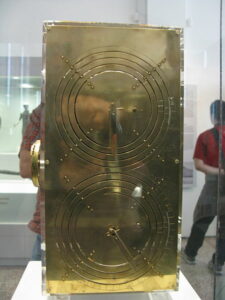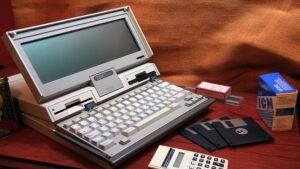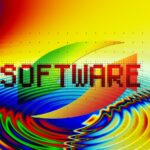
Everything must have a beginning, including our modern technology. We could trace back to the first people who used stones and sticks to make fire, but that would be far-fetched. Modern technology relies on hardware and software, most of the time. Hardware is the mechanical part, the one that does all the calculations and mathematics, while software is used to tell the hardware what to do, and has multiple layers to allow the user to communicate with the hardware.
Software had to have started at some point in history, and we can trace it to a specific moment. But, what is more important is the development of software over time, its journey to what we have today.
Here are some of the most important moments in the history of software development.
The First Software – The Rise of Technology

The first software can technically be traced back to Al-Jazari’s castle clock and the Antikythera mechanism, but to be realistic, the first software requires hardware, a general purpose, or any kind of processor. These processors are nowadays called Turing Machines.
The first algorithm can be traced to the 19th century, and was written by Ada Lovelace, something to help the Analytical Engine.
This type of software wasn’t really long-lived, because the creators lacked engineering qualities.
The first software can be traced to 1946 and the ENIAC. In 1950, Kathleen Booth developed what we know as Assembly Language, the very basic way of communicating with hardware.
Grace Hopper also worked at the Harvard Mark I computer at the time.
The Rise of Microcomputers
Microcomputers changed the way software was perceived by users. In 1975, the first microcomputers were developed, namely the Altair 8800, and Microsoft’s Altair BASIC, later in the same year. These were kits that users could assemble and run their own code. Code would be distributed through magazines for a period of time, but, as it became longer and floppy discs cheaper, magazines would include floppy discs instead. Everything changed once more in the 1980s.
The Personal Computers

The 1980s brought another large change to computing, personal computers. The problem with software kits was that software was expensive and that assembling kits required users to know a lot more than they would with a personal computer. Philip Don Estridge built the first personal computer called the IBM Personal Computer, released in 1981. Microsoft partnered with IBM to create the first operating system for PCs, MS-DOS.
PC dominance started that day, allowing users to simply run software, without much hassle. Some PCs came with bundled software, even at that time.
Modern Software
Modern software runs on anything from printers to mobile phones. Mobile phones, typically, have two operating systems, at least two dominating ones, iOS and Android. Software on these phones and systems is called Applications. Applications are again, a collection of software, made to run on a machine which has an operating system and everything which makes the user’s experience amazing.
From failed experiments to software the size of an entire machine to software which can be downloaded from the internet, we have come a long way. Who knows what the future of software development will bring.





